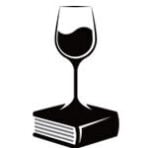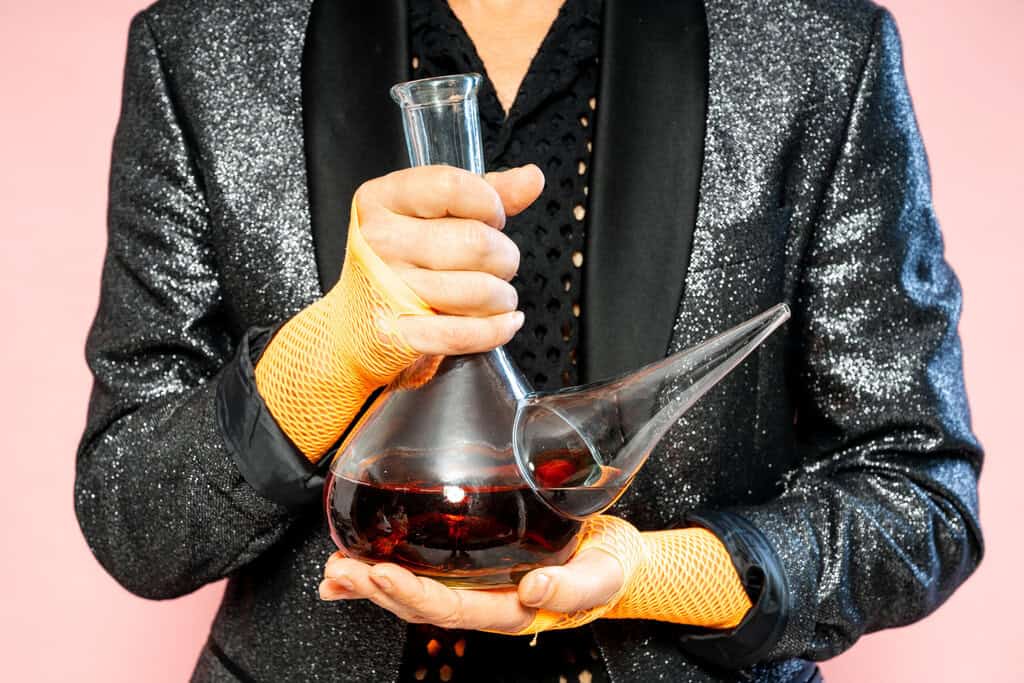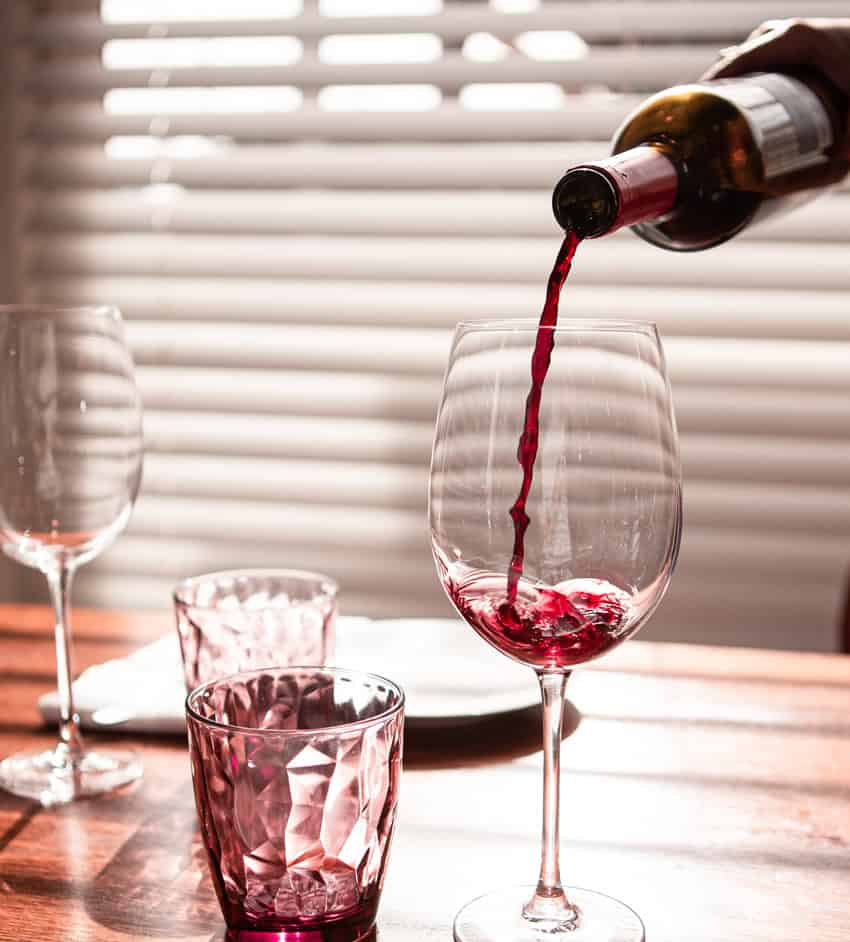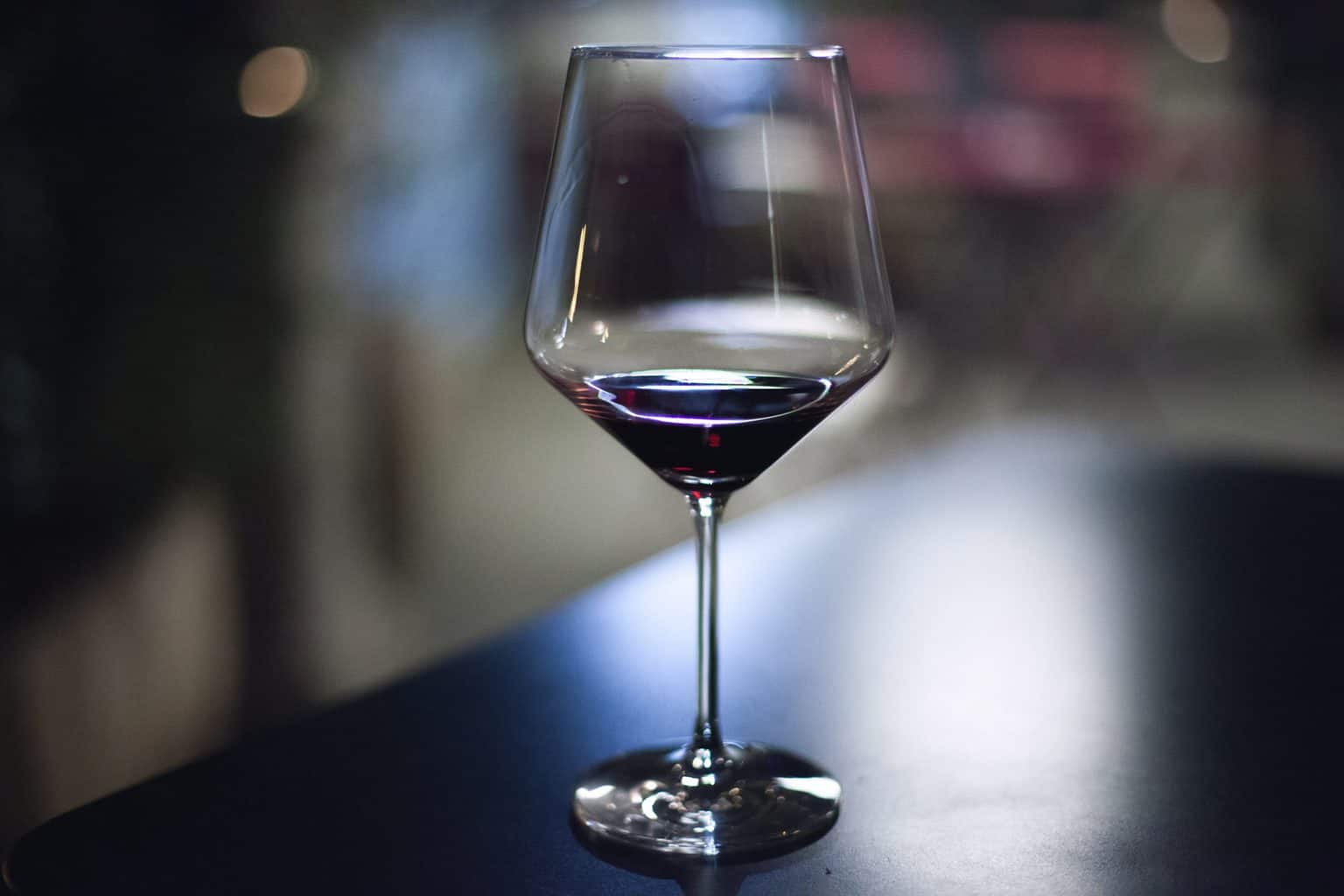For decades, the Wine & Spirit Education Trust (WSET) has been treated as the gold standard in wine education. The organization boasts that its qualifications are “respected globally” and that the Diploma equips students with “the ability to identify regional typicity and quality.” Its tasting exams, according to official materials, are designed to test “a student’s recognition of benchmark wines and classic styles.”
Yet when WSET published its 2024/25 list of Diploma exam wines, the myth began to crumble. For the first time, the wine world could see not just what students read in theory, but what they are actually tested on in practice. What emerged was not a catalogue of benchmarks, but a roll call of compromises: supermarket rosés, mass-market Chardonnay, obscure appellations, and glaring omissions of the very wines that define world typicity.
This is more than a pedagogical quibble. It is a fundamental betrayal of WSET’s own stated mission.
The Claim vs. The Reality
WSET’s claim:
“Our tasting exams test a student’s ability to recognise regional typicity and assess quality objectively.”
The reality:
Students sitting for the Diploma this year will be examined on:
- Torres De Casta Rosado — a branded, mass-market pink.
- [yellow tail] Chardonnay — the world’s most industrialised supermarket wine.
- Picpoul de Pinet — a trivial regional curiosity.
- Central Valley Carmenère — Chile’s weakest export style.
- Constantia Sauvignon Blanc — a New Zealand lookalike rather than South Africa’s Chenin identity.
Meanwhile, benchmark wines are conspicuously absent: Burgundy Chardonnay and Pinot Noir, Northern Rhône Syrah, German Riesling, Rioja, Napa Cabernet Sauvignon, Marlborough Sauvignon Blanc, Barossa Shiraz, Tuscan Sangiovese.
A program that claims to calibrate students on typicity cannot credibly defend such a list.
Misfires — Wines That Should Never Have Been There
- Château Haut-Rian Blanc Sec (Bordeaux) – A budget Entre-Deux-Mers style. Bordeaux’s true benchmarks are Graves and Pessac-Léognan.
- Château de Montmal Fitou (Languedoc) – Rustic and minor. If you want Southern France, you pour Châteauneuf-du-Pape.
- Domaine Guillemarine Picpoul de Pinet (Languedoc) – Crisp but trivial. Muscadet or Sancerre would actually train typicity.
- M. Chapoutier Marius Rosé (Languedoc) – A branded supermarket pink. Provence sets the global standard.
- Fredrich Becker Pinot Noir (Pfalz, Germany) – Germany’s global identity is Riesling, not Pinot.
- Torres De Casta Rosado (Catalunya, Spain) – A supermarket rosado standing in for Rioja or Ribera.
- De Loach Heritage Pinot Noir (California, USA) – Generic Pinot, when Napa Cabernet is America’s benchmark.
- Viña Doña Paula Altaluvia Chardonnay (Mendoza, Argentina) – Chardonnay is a sideshow. Argentina’s global identity is Malbec.
- Steenberg Sauvignon Blanc (Constantia, South Africa) – Makes SA look like a New Zealand imitator. Chenin Blanc is the true flag.
- Casella [yellow tail] Chardonnay (SE Australia) – The nadir. No serious credential should use an industrial brand as an exam wine.
- Sumarroca Cava Brut Rosado (Catalunya, Spain) – Rosado fizz is marginal. White Brut Reserva or Corpinnat would be correct.
- Costa Vera Indomita Carmenère (Central Valley, Chile) – An entry-level red with little typicity. Maipo Cabernet defines Chile.
- Dr Loosen Sekt Extra Dry (Germany) – A filler sparkling. If you want Germany, you pour Mosel Riesling.
These are not minor substitutions. They are categorical failures to test the very skills WSET advertises.
Weak Substitutions
Some wines are closer to the mark but undermine typicity by choosing second-tier appellations or niche styles:
- Lalande de Pomerol instead of Pomerol or St-Émilion.
- Generic Campania Aglianico instead of Taurasi DOCG.
- Martinborough Pinot instead of Marlborough Sauvignon Blanc.
- Moscato d’Asti instead of Arneis or Timorasso.
- Tulbagh sparkling instead of iconic Stellenbosch Chenin or Graham Beck.
These choices gesture at typicity but fail to deliver it.
The Great Omissions
The omissions, however, are most damning. A program that claims to test “classic benchmarks” excludes:
- Burgundy Chardonnay and Pinot Noir.
- Northern Rhône Syrah.
- Mosel Riesling.
- Rioja, Ribera del Duero, and Priorat.
- Napa Valley Cabernet Sauvignon.
- Marlborough Sauvignon Blanc.
- Barossa Shiraz, Hunter Semillon, Margaret River Chardonnay.
- Mendoza Malbec.
- Chianti Classico and Brunello di Montalcino.
- Sauternes and Tokaji.
In fortifieds, the gaps remain: no 20-Year Tawny, no PX Sherry, no Manzanilla or Palo Cortado.
A Diploma that omits these is not testing typicity. It is testing what distributors can ship in bulk.
The Pedagogy of Logistics
The pattern makes sense once WSET’s origins are remembered. Founded in 1969 by the British drinks industry, WSET was designed to train retail clerks and buyers. Its DNA is commercial: systematic description and broad categories, not blind recognition or service.
Scaling globally has only reinforced that bias. Wines must be cheap, uniform, and available everywhere. Haut-Rian can be sourced in 70 countries; Pessac-Léognan cannot. [yellow tail] can be poured for thousands of students; Barossa Shiraz cannot. The exam, in short, is designed for WSET’s logistics, not for wine education.
Consequences for the Trade
For sommeliers, the implications are obvious. A Diploma holder is supposed to recognise benchmarks blind. But a candidate trained on Torres rosado and Constantia Sauvignon will fail when confronted with Rioja or Sancerre. For retailers and importers, the consequences are more subtle but no less real. Buyers trained on weak substitutes will struggle to explain to customers why Brunello commands a premium over Chianti, or why Napa Cabernet costs more than Carneros Chardonnay.
The industry assumes WSET produces benchmark literacy. The exam wines prove otherwise.
A Pattern of Misalignment
This is not an isolated misstep. It fits a broader record:
- China certification scandal – where market share trumped oversight.
- Equity and diversity controversies – where WSET was accused of tokenistic gestures rather than meaningful reform.
- Educator complaints – where APPs lament centralised control and logistics-driven pedagogy.
The 2025 wine list is the clearest evidence yet that WSET’s priorities are commercial scale, not educational integrity.
From Authority to Farce
WSET insists that its exams “test recognition of typicity.” The 2025 list shows that claim to be hollow. The wines are not benchmarks but compromises. The omissions are not oversights but systemic.
A Diploma that trains sommeliers on [yellow tail] while ignoring Burgundy, that substitutes Torres rosado for Rioja, that pours Picpoul instead of Sancerre, is not worthy of the name.
WSET is no longer the authority it pretends to be. It has become, sadly, a farce.
Appendix: The Wines in Question
Correct Choices (rare successes):
Baumard Savennières, Pichon Comtesse Pauillac, Loimer Grüner, Feiler-Artinger Ruster Ausbruch, Tenuta La Volta Barolo, De Bortoli Noble One, Fleury and Tarlant Champagnes, Jansz Tasmania, Roederer Estate Anderson Valley, core fortifieds.
Misfires (categorical failures):
Haut-Rian Blanc Sec, Montmal Fitou, Picpoul de Pinet, Marius Rosé, Becker Pinot Noir, Torres Rosado, De Loach Pinot, Doña Paula Chardonnay, Steenberg Sauvignon, [yellow tail] Chardonnay, Sumarroca Rosado Cava, Indomita Carmenère, Dr Loosen Sekt.
Weak Substitutions (half-measures):
Siaurac Lalande de Pomerol, Donna Elvira Aglianico, Schröck Blaufränkisch, Escarpment Pinot, Krone Tulbagh Brut, Massolino Moscato d’Asti, Lambrusco, Hudson Chardonnay, Edmeades Zinfandel.
Missing Essentials (critical benchmarks):
Burgundy Chardonnay and Pinot, Northern Rhône Syrah, Mosel Riesling, Rioja, Ribera, Priorat, Napa Cabernet, Marlborough Sauvignon, Barossa Shiraz, Hunter Semillon, Margaret River Chardonnay, Mendoza Malbec, Tuscan Sangiovese, Taurasi, Timorasso/Arneis, Douro dry reds, Stellenbosch Chenin, Cape Bordeaux blends, Sauternes, Tokaji, Cava/Corpinnat white, Prosecco DOCG, English Sparkling, 20-Year Tawny, PX, Manzanilla, Palo Cortado.







